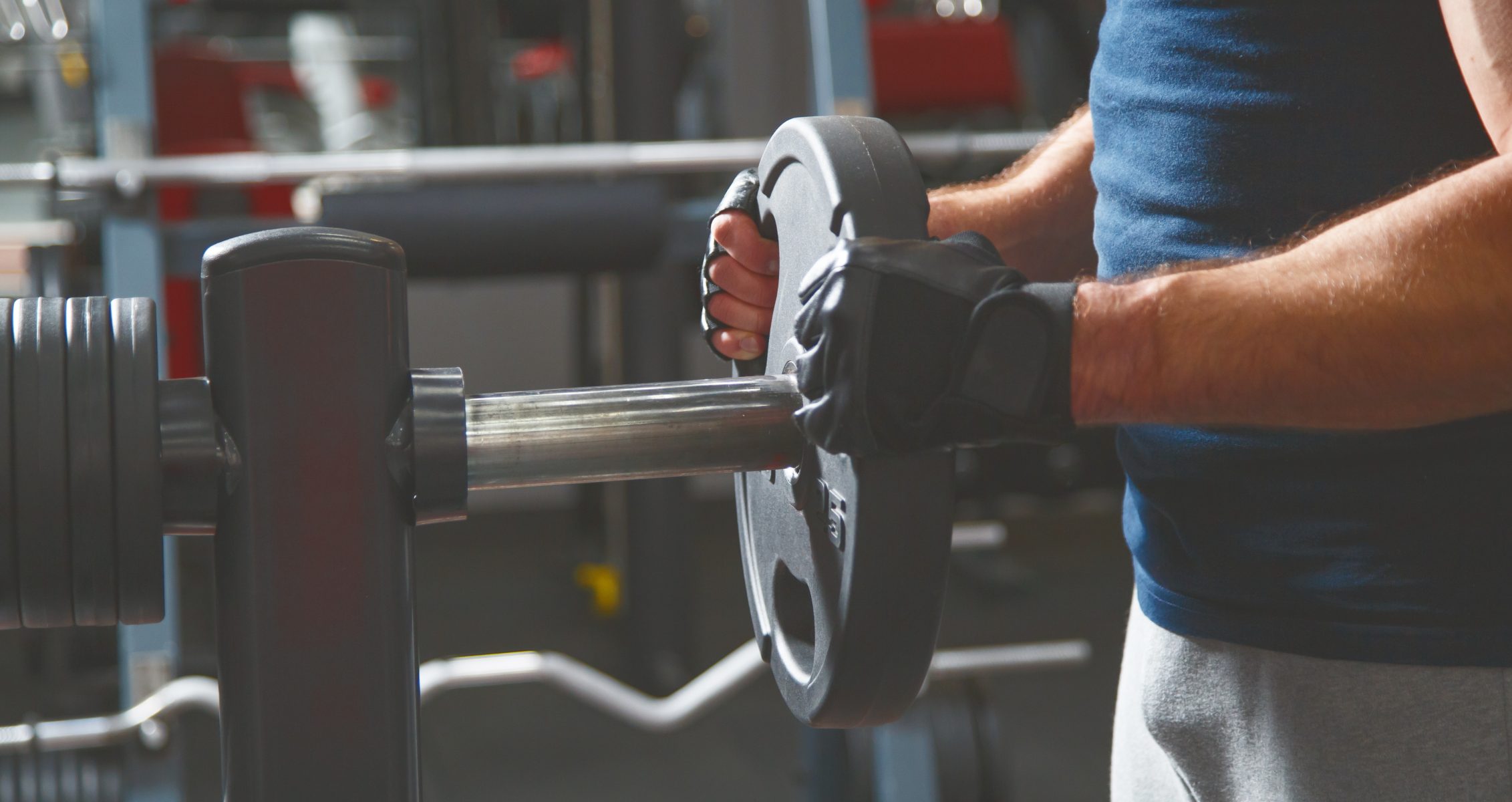Reverse pyramid training will explode your strength.
Several highly effective training routines are available to boost strength and build muscle. It begins with identifying your fitness goals and crafting a workout to meet those needs (1). However, one undeniable truth is that as you progress, you’ll need to introduce adaptations and incorporate variety into your training to continue making strides. This is where set and rep schemes like drop sets, supersets, and pyramid sets come into play. Today, we’ll examine how the workout strategy reverse pyramid training can improve your strength and muscle gains.
Pyramid training involves using lighter weights and many reps to start an exercise. Then, you increase the weight and reduce the number of reps for the next set. This culminates in you doing your heaviest set and the lowest number of reps during your final set.
Doing pyramid sets is an effective way to increase your strength and build muscle. However, after a while, you’ll need to change even this effective training structure as your body will get used to it, which could lead to a plateau.
In addition, standard pyramid training doesn’t allow you to have as intense of sets each working set, which is essential for maximizing muscle growth. Furthermore, when you work up to your heaviest load, your muscles are already fatigued. Welcome reverse pyramid training! The reverse pyramid scheme is one of the changes you can adopt, and in this post, we look at how to use it to improve your strength and muscle growth.
What Is Reverse Pyramid Training?
As the name suggests, reverse pyramid training takes the pyramid set structure and flips it on its head. This time, you start with heavy weights and reduce the weight from there (2). You can use reverse pyramid training for isolation or compound exercises, but it’s best suited for compound routines that work many muscles simultaneously.
How do you incorporate this exactly? Let’s say that for your first set, you start with a heavy load that allows you to perform only four to six reps. To implement reverse pyramid training, you reduce the weight by 10-15% for your next set and then increase your rep range by two to hit six to eight reps. Then, for your final set, drop the weight by another 10-15% and add two more reps for eight to ten reps.
Reverse pyramid training is a great way to maximize your progress and get multi-layered gains. It engages your slow twitch (endurance) and fast twitch (strength and power-focused) muscle fibers. Hitting both muscle fibers is crucial to optimize strength and hypertrophy.
How Do You Make Progress
With the reverse pyramid training scheme, the weight or reps increase with each workout. Experts call this the double progression system. Introducing progress with this training methodology is vital so your body doesn’t get used to it. Below is a simple way that you can do that.
- Start workout one as described above with a heavy weight that can get you to that initial number of reps and then progressively pyramid down as stated. This could be seven reps for set one in your four to six-rep range.
- Keep the same high weight for your next week of pyramid training, but aim for a maximum of eight reps this time.
- Then, for your next workout, you can slightly increase the weight by five pounds and aim for the four to six-rep range in your first set.
- Note that you should reduce the weight if you fail to hit your minimum number of reps at any point. Adjust your sets individually as needed, but try to maintain your rest intervals between sets strictly.
How It Improves Strength
Strength training involves a lot of multi-joint exercises, and reverse pyramid training ensures you’re pushing yourself each workout. Not having intense enough sets will kill your gains.
In addition, it’ll stop you from using a heavy load too often, making your reps lower than they should be for muscle growth. Reverse pyramid training will also take you through different rep schemes — heavy weight with fewer reps, lighter weight with more reps — maximizing strength and muscle growth.
This training strategy ultimately affects your fast-twitch muscle fibers responsible for strength and power. Training like this is excellent for athletes who notice that they are just slogging it out in their recent strength training. Reverse pyramid training will help increase your strength without risking overtraining or improper form since you’re not stuck lifting maximum loads each set.
Reverse Pyramid Training & Muscle Growth
Reverse pyramid training leads to a greater volume of reps while training. Research shows that increasing your training volume is a great way to increase muscle growth (3). The first heavy set also tells you exactly how to load your muscles in subsequent sets, letting you train as close as possible to failure.
Other Advantages of Reverse Pyramid Training
Ultimately, reverse pyramid training allows you to lift while practicing the progressive overload principle. With it, you can slowly add challenges to your training using reps, sets, and loads. This provides the right stimulus to keep your muscles growing.
Reverse pyramid training also brings much-needed variety to your workout. It engages your fast-twitch muscles first as you apply your strength and focus to lift the heaviest weight. Your slow twitch endurance-oriented muscles aren’t left out either and come into play towards the end of your training.
Adding Reverse Pyramid Training to Your Workouts
Reverse pyramid training is best utilized with compound movements because using the heaviest weight you can lift while fresh is critical for optimizing muscle growth in large muscle groups. So, for the best results, we recommend using this strategy on your chest and back workouts on multi-joint exercises. Some great resistance exercises that go well with reverse pyramid training include the barbell bench press, shoulder press, and bent-over row.
Ramp or standard pyramid training fares best with secondary muscle groups like biceps and triceps and isolating your leg muscles like quads and hamstrings. That’s because these muscles groups are single-joint exercises and respond better to volume than heavy weights.
Want to shake up your training routine and take your strength and muscle gains to the next level? Give reverse pyramid training a try and experience peak strength like never before.
Follow us on Instagram, Facebook, and Twitter for more workout tips!
References
- Kraemer, W. J., & Ratamess, N. A. (2004). Fundamentals of resistance training: progression and exercise prescription. Medicine and science in sports and exercise, 36(4), 674–688. https://doi.org/10.1249/01.mss.0000121945.36635.61
- Cattan, G. H. (2021). Pyramidal Systems in Resistance Training. Encyclopedia, 1(2), 423–432. https://doi.org/10.3390/encyclopedia1020035
- Schoenfeld, B. J., Contreras, B., Krieger, J., Grgic, J., Delcastillo, K., Belliard, R., & Alto, A. (2019). Resistance Training Volume Enhances Muscle Hypertrophy but Not Strength in Trained Men. Medicine and science in sports and exercise, 51(1), 94–103. https://doi.org/10.1249/MSS.0000000000001764










